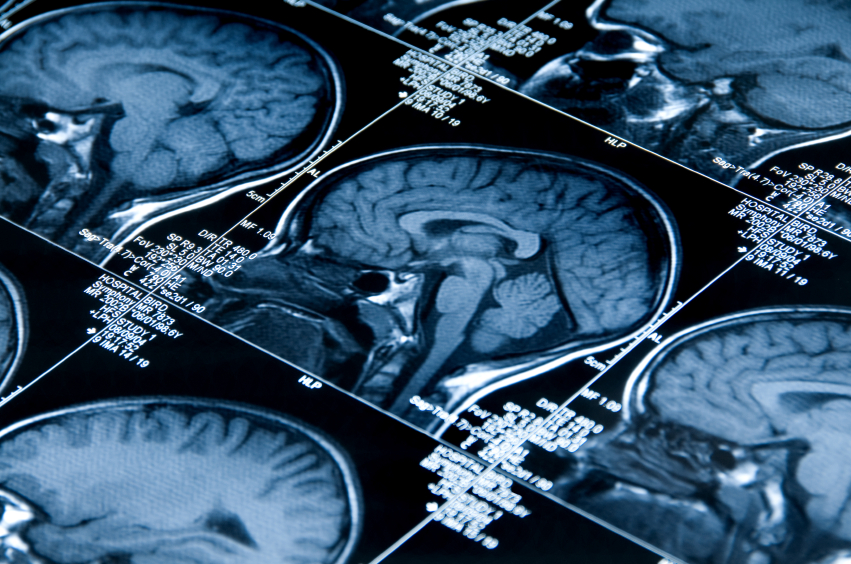NIH Awards Center for BrainHealth's Dr. Francesca Filbey $2.5M to Investigate Cannabis Use Disorders

Center for BrainHealth
Share this article
Francesca Filbey, PhD
Bert Moore Endowed Chair and Professor, School of Behavioral and Brain Sciences Director, Cognitive Neuroscience Laboratory of Addictive Disorders
Related Information

Combined Effects of Marijuana and Nicotine on Memory Performance and Hippocampal Volume
This study found participants who used marijuana both individually and combined with tobacco had smaller hippocampal volumes compared to both tobacco users and nonusers.